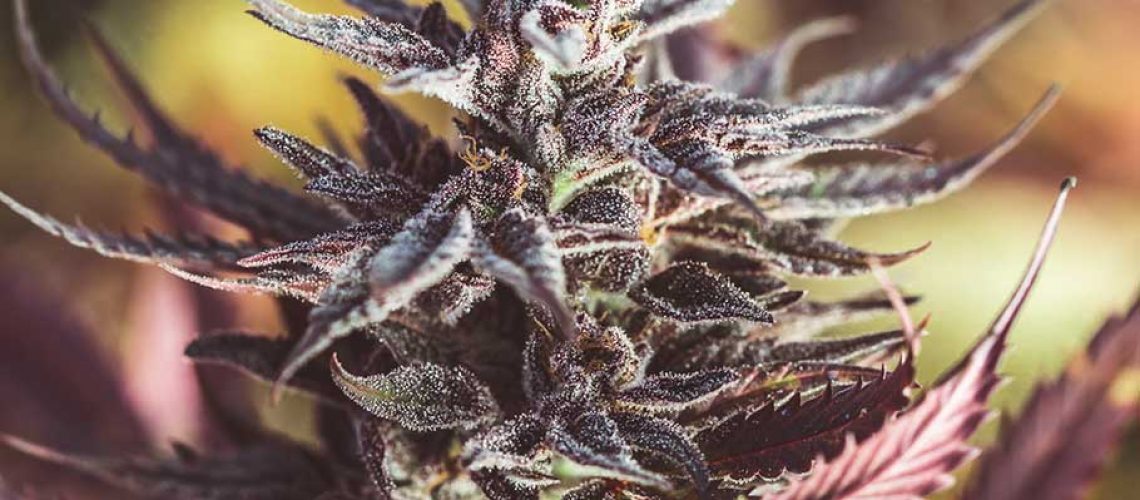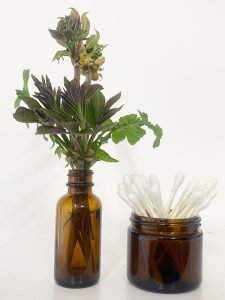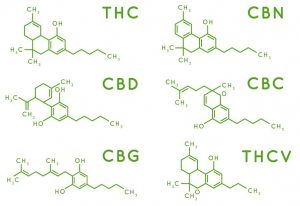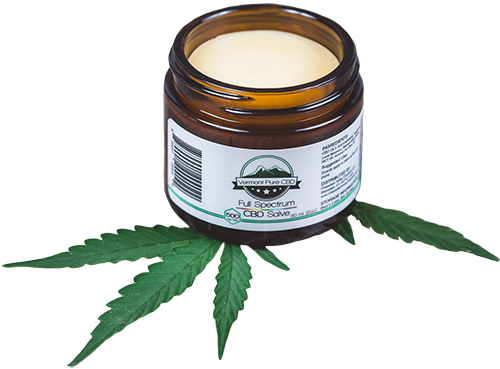Learn about the cannabis plant in more detail
Female vs. Male Cannabis Plants
The cannabis plant is amazing in the fact that it is both dioecious and hermaphroditic in its expressions.
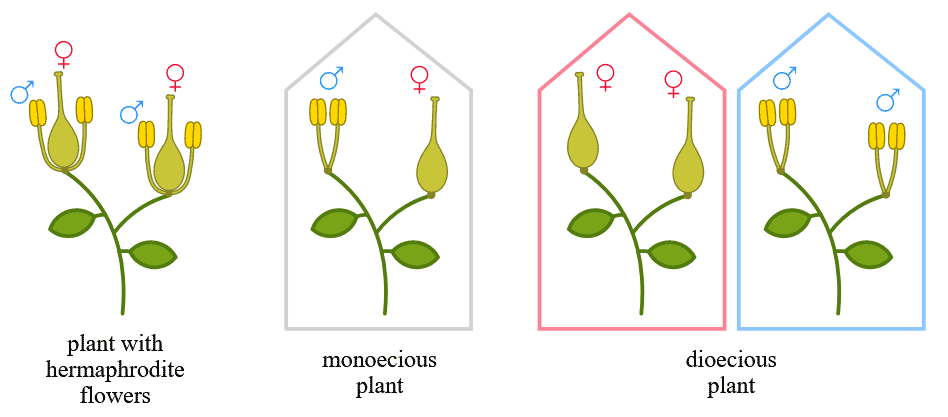
- Hermaphroditic (perfect flowers) refers to an individual plant possessing both male and female reproductive structures within the SAME flower structure (about 95% of plant species). Common examples include tomatoes, peppers, sunflowers.
- Monoecious refers to a hermaphroditic plant, however the male and female reproductive structures are on SEPARATE parts of the plant, such as squash, cucumbers, and corn.
- Dioecious means that an individual plant is either only male or only female (only about 5% of all plant species). Examples include asparagus, ginkgo trees, and holly.
In the cannabis family males and females are inherently separate plants. Reproduction requires the pollination from one male plant to a female plant to create seeds. However there are populations or environmental conditions in which the female plant also produces male flowers, we call these plants hermaphroditic. In this case, the self pollinating hermaphrodite almost always creates a feminized seed, and therefore the seed will grow into a female plant. Hermaphrodites are often induced by stressful conditions or in the absence of male plants; in order to save its lineage the female plant will also produce male flowers, thus being able to self pollinate. In the cannabis industry hermaphrodites are often culled and discarded as the goal is to encourage as much female flower growth as possible.
You can read a brief history about cannabis in our catalog here.
Cannabis sex organs (flowers)
Male flowers contain stamens that contain the pollen. The pollen is so small (25 micrometers wide) that it is able to catch the wind and travel great distances to pollinate female plants.
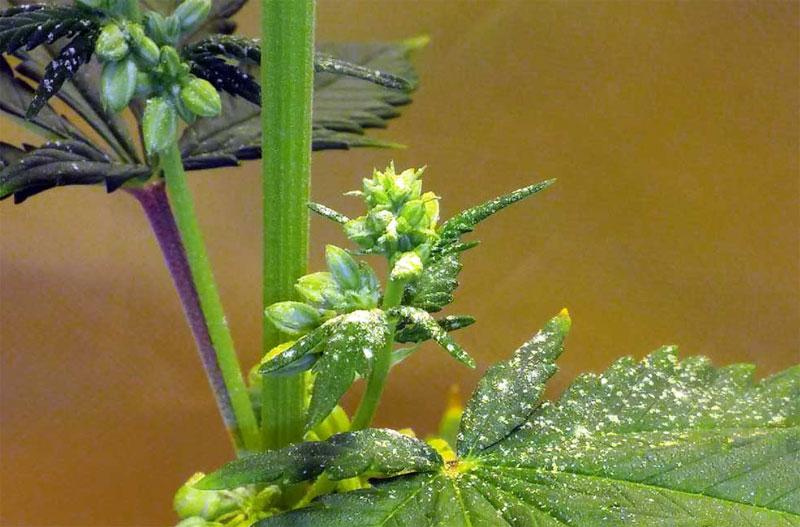
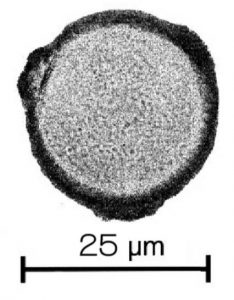
Female plants have a pistillate flower that contains two stigmas which receive the male pollen. Once received the pollen then travels down the style to the ovary where the ovule begins to develop. Each pistillate contains only one ovule and thus produces only one seed. The bract forms a seed pod sheath that protects the growing seed.
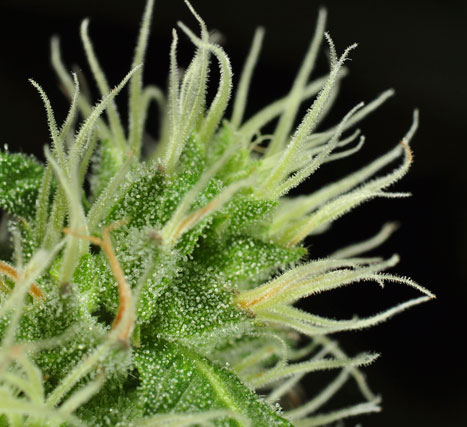
Anatomy of the Cannabis Plant
Cola
A Cola is a cluster of buds/flowers that form at the ends of cannabis branches. Smaller buds also form on budding sites on lower branches.
Stems and Branches
The stem/branch structure of cannabis is both its vascular and structural system. It supports the weight of the plant, in addition it acts as the transportation highway for nutrients, sugars and water to travel throughout the entire plant via. the xylem and phloem vascular systems.
Leaves and Petioles
Leaves of the cannabis plant are palmately compound, meaning that they produce from three to thirteen “finger leaves” separate from each other but still originate from the same petiole. The petiole connects the leaves to the stem or branch.
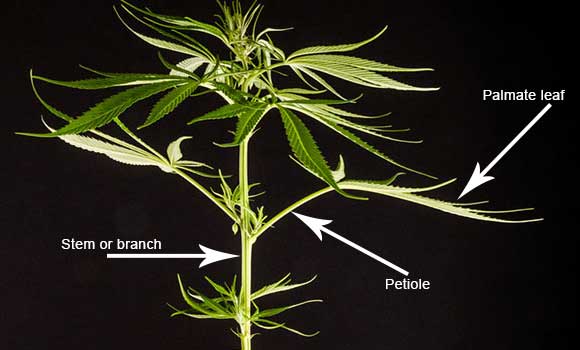
Cannabis Flower (female)
Female cannabis buds are often referred to as “flower” and contain pistillate flowers in mass covered in trichomes and plant hairs. There are six different kinds of trichomes – three glandular and three non-glandular. Large cystolith hairs are the most visible of the non-glandular. These needle like hairs cover the entirety of the above ground portion of the plant, protecting it from insects and making it less palatable to herbivores. Smaller cystolith hairs also cover the exterior. Together these hairs regulate temperature, reflect radiation and reduce water loss.

Glandular trichomes structures contain the majority of the plants essential oils. CBD, THC, Terpenes etc. So much so that the total cannabinoid content can consist of up to 30% of the total weight of the flower. The three types of glandular trichomes are bulbous, capitate-sessile, and capitate stalked.

